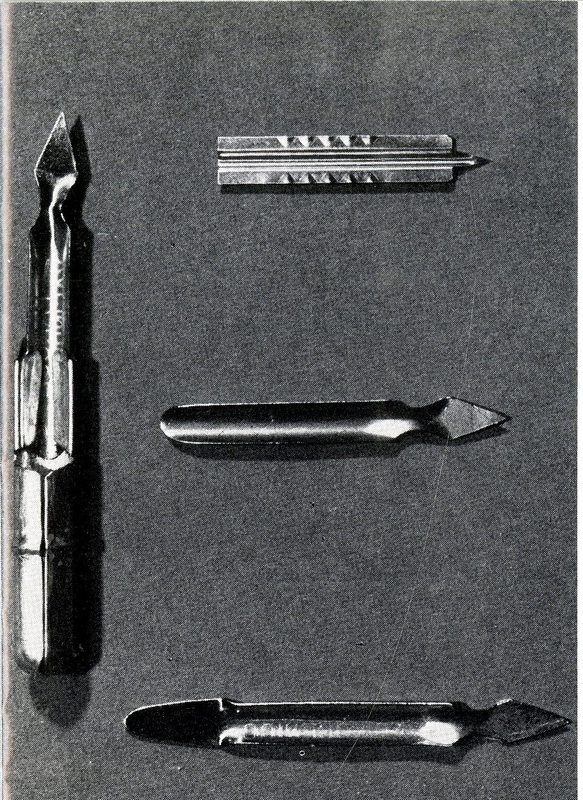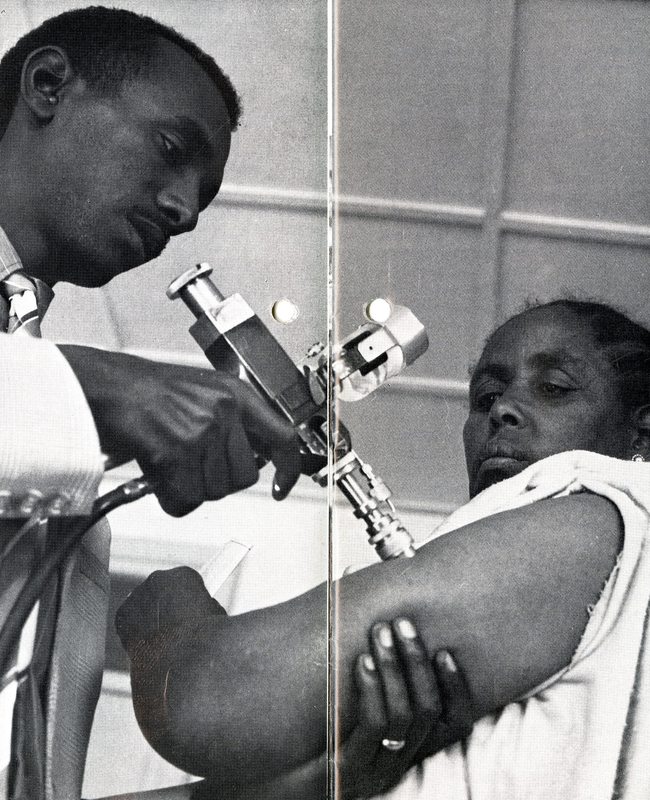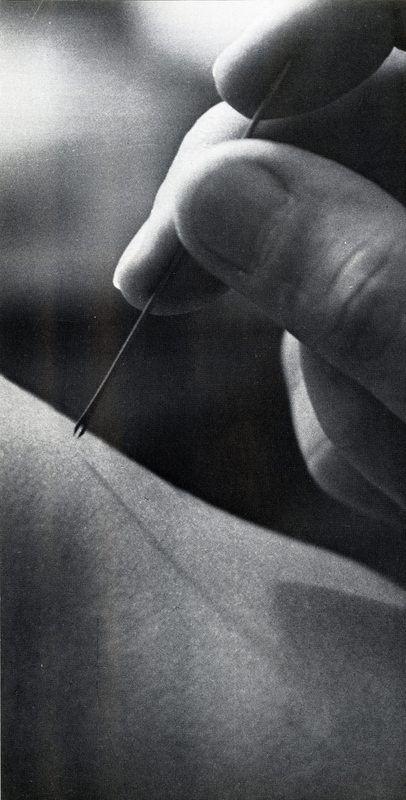Hope through vaccination
Prior to the discovery of the smallpox vaccine, quarantine was the most effective mean of combatting the disease. In Asia, beginning around 1000 BCE, people began to experiment with ways to make themselves immune to smallpox. One method was variolisation or inoculation in which a person was inoculated with a small amount of live smallpox virus taken from the scabs or pus of ill patients who had a mild form of the disease. Such inoculations reduced the fatality rate from 30 percent to about 1 percent. (Tucker 15) However, these methods carried the risk that the patient would die or become seriously ill with smallpox.
In 1796, the English physician, Edward Jenner, discovered a safer way to prevent people from getting the virus. He used an inoculation of cowpox (a virus similar to smallpox but much milder and transferable from animal to human) which induced immunity against smallpox. The first vaccinations in England were given by arm-to-arm passage, then the vaccine liquid travelled through scabs or threads steeped in vaccine. During the 20th century, instruments were perfected to administer the vaccine (vaccinostyles, rotary lancet, jet injector, bifurcated needle) and a better way to transport the delivery of the vaccine was found using freeze-drying technology.
While pre-emptive vaccination of uninfected populations could prevent the disease, it was soon determined that smallpox vaccination could also be effective if it was given during a period of up to four days after a person had been exposed to the virus. This became a key factor in the smallpox eradication efforts of the 20th century.

Fear, sickness, and death

The WHO Eradication Program



